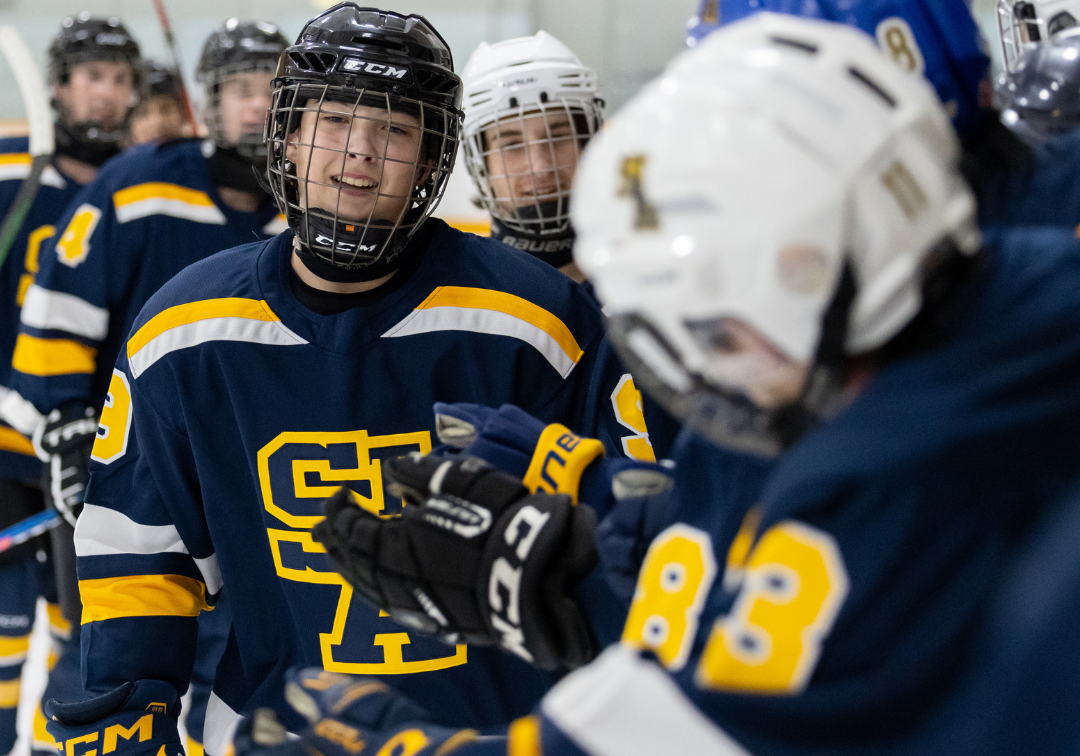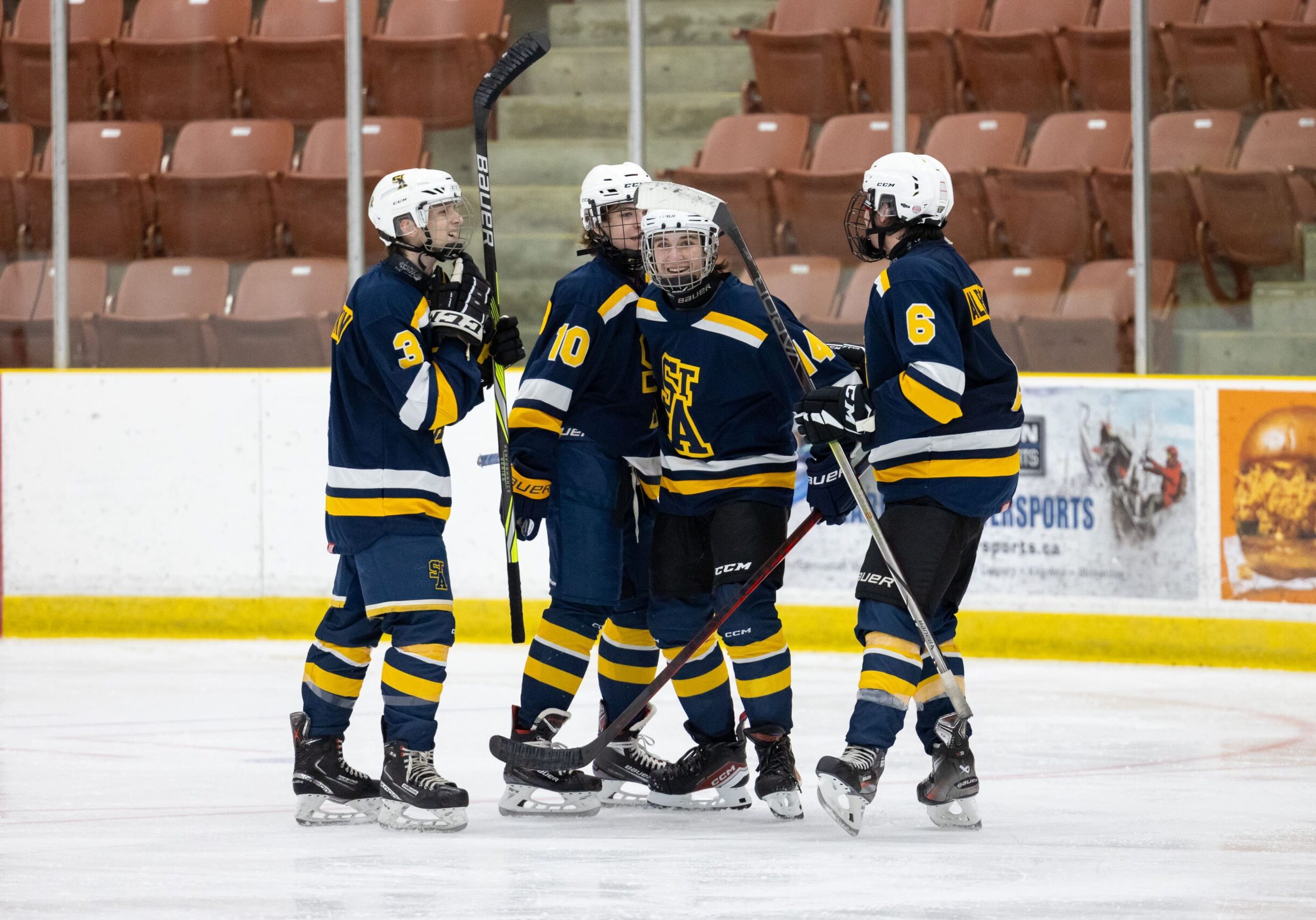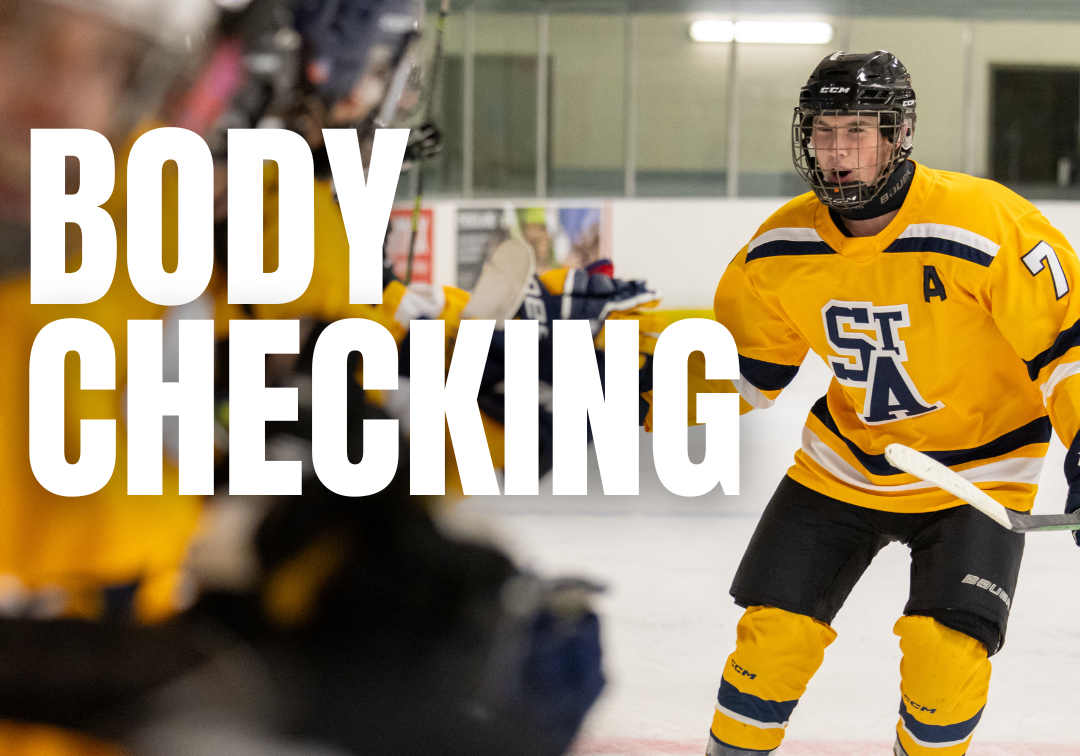U15 and U18 Program Options

Which program is right for you?
As players enter U15 and U18, their hockey options expand to include three streams:
U15/U18 Options:
-
AAA and AA Programs
-
Body Checking
- Mainstream (formerly Non-Body Checking)
There are a limited number of teams at the AAA, AA, and Body Checking levels.

Over the past three years, there have been significant changes to the streams of hockey in U15 and U18.
Programs across the province are seeing a growing number of players choosing to participate in mainstream programming, and fewer players are electing to participate in Body Checking streams. There are several factors driving this shift.
To help you better understand the options available and make an informed decision at registration, we encourage you to review the information below.
Body Checking vs Mainstream Hockey
We often get asked, what is the difference between Body Checking and Mainstream hockey.
In Mainstream (formerly Non-Body Checking) body contact such as puck battles, angling, and stick checks, is all permitted, but deliberate body checks meant to separate an opponent from the puck through force are not permitted.
The goal of the St Albert Minor Hockey U15 and U18 programs is support is to reduce injuries, improve player confidence, and ensure that checking is used strategically and safely.

General FAQs
Single Birth-Year Teams
2025 PROGRAM STRUCTURE
The 2025 -2026 St Albert Minor Hockey program will have the following teams within each division and tier next season. These numbers are based on current projects and may be subject to change.
U15
Tier 1: 1 Team
Tier 2: 3 Teams (one 2012 team)
Tier 3: 2 Teams
U15 Body Checking
*Tier 1: 2 Teams
Tier 2: 2 Teams
Tier 3: 1 Team
U18
Tier 1: 2 Teams
Tier 2: 3 Teams (one or two 2010 teams)
Tier 3: 3 Teams
U18 Body Checking
*Tier 1: 1 Team
*Tier 2: 1 Team
*Subject to change based on the number of participants.
Does body-checking hockey increase the risk of injury?
Head Contact Penalties Comparison
EFHL 2023 - 2024
Key Points:
- Increased Injury Risk with Body Checking: Studies have shown that body checking significantly increases the risk of injury in youth ice hockey. For instance, in one study, body checking was found to be responsible for more than half of all injuries in youth divisions where it was allowed. The risk of concussions and other severe injuries, such as fractures and sprains, is notably higher in leagues permitting body checking compared to those that do not (AAP Publications).
- Comparative Injury Rates: Research has indicated that in youth hockey leagues where body checking is prohibited, the overall injury rates are lower. Specifically, the concussion rate in body-checking cohorts was observed to be 1.5 per 1000 player-hours. The removal of body checking could prevent a significant number of concussions and severe injuries annually. A study focusing on non-elite U18 ice hockey players in Alberta and British Columbia found that prohibiting body checking could prevent approximately 66% of game-related injuries and 50% of concussions in non-elite levels (British Journal of Sports Medicine).
- Severe Injury Implications: In leagues where body checking is allowed, not only are the overall injury rates higher, but the injuries tend to be more severe. In high school hockey, injury rates for games were found to be comparable to high-impact sports like football, with many injuries leading to significant time lost from the sport. For youth players, these injuries can have long-lasting implications on development and health (AAP Publications).
- Policy Implications: The evidence supports the notion that limiting body checking in youth hockey can greatly reduce the risk of injury. Some provinces in Canada have already implemented policy changes to prohibit body checking at certain levels, resulting in fewer injuries without a significant impact on the competitiveness or enjoyment of the game(British Journal of Sports Medicine).
Our Commitment.
Reducing or eliminating body checking in youth hockey could significantly mitigate the risk of head injuries and concussions.
This perspective can help inform ongoing discussions and potential policy shifts.

